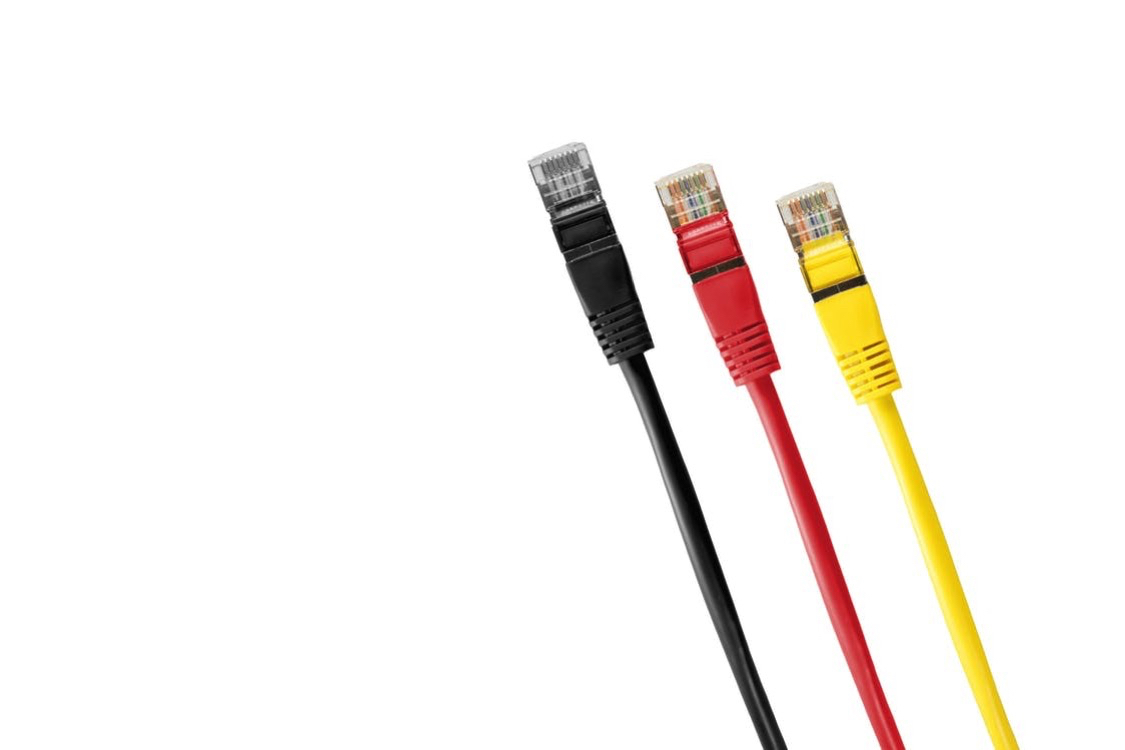
Today we will discuss how to setup your own lab for testing out/learning Netapp Data OnTap. Today’s discussion will be related to cluster mode since all new installations at this point are running cluster mode. The last version of 7-mode was 8.2.3. And the latest version of Cluster mode is version 9.5. In the future, I will write a future article on 7-mode.
Getting Started
Before we do anything, there are a few prerequisites you are going to need.
- VMWare ESXi Server, VMWare Workstation, or VMWare player running on your computer, or on a server.
- 8 GB of memory per OnTap instance (16 GB total for 1 cluster)
- Netapp Now Account.
That that you have the prerequisites, the first thing you need to do is download all the files from the now site. It involves some clicking around, so I will save you the time. Most of the files you need can be found here here. I also recommend downloading OnCommand Unified manager to make it easier to manage multiple netapps from one screen. We won’t be covering Unified manager today. But you can find the download here.
You will need to download the OVA and the license. Make sure you get the license and OVA for the same version. 7-mode licenses won’t work on Cluster-mode (CDOT). While you are at it, download the setup guide as well. You can use that to supplement these instructions.
As you are downloading the files, you will notice there is an OVA for VMWare Player as well as ESX. They are slightly different. So take note of what you are downloading, and it is the right OVA for the platform you are using.
If you don’t currently have VMWare Workstation, player, etc… you can download ESXi for free here. You will need some compatible hardware to install it on.
Before you deploy your OVA, you will need to make sure you have 2-3 networks ready on your laptop or on your ESX Server;
- Management Network
- CDOT Network (Private Network)
- NAS Network (Optional)
The Management Network needs to be routable to your laptop. The CDOT should be a non-routable network that only your Netapp cluster can access. The NAS network will be used for presenting NFS/CIFS file shares. So it should also be routable and accessible from your laptop.
You will need the following IP addresses handy:
- Default Gateway and Netmask for Management network
- DNS Server address
- Cluster Name
- Cluster Management IP Address
- Node Management IP address for each cluster node (2)
Installing the OVA’s
In case you are new to VMWare, OVA stands for Open Virtualization Appliance. They are basically a zip file with a VMWare template in it plus a startup script. I am going to use ESXi for the purpose of the demonstration today. The setup will be very similar if you are using VMWare Player or VMWare Workstation. But the initial setup screens in VMWare will look a bit different. You should also be able to deploy this on VMWare Fusion if you are running MacOS.
To deploy the OVA, you can connect to your vcenter server, or directly to one of your ESXi hosts. Today I am connecting directly to an ESXi 6.7 host. Once you are connected, Right click on the host, or if you are in vcenter, right click on the host you want to deploy to, select Create/Register VM. This will launch the wizard to deploy the OVA:

On the first screen, select that you are deploying an OVA, then follow the prompts to deploy your OVA. During this process, there are a few key things you will need to input
- Give your VM a name. I am calling mine Netapp01.
- Select which network cards go on which VLANs. There are 4 network adapters. Make sure the first two are on your CDOT network. And the second two are on your management network.
Once the OVA is done deploying, you will have a VM running with the name you gave it.
Go ahead and run through this process a second time now and deploy a second VM called Netapp02 so we will have everything we need to create our cluster when the process completes.
Configuring OnTap
We now have our OVA’s deployed, so we need to configure them. If they are powered on, power them both off. If you are planning on having a NAS network, add two additional network adapters to each node now, and connect them to your NAS network.
Setting up the first cluster node
Power on the first node. When Prompted, Press Ctrl+C to enter the boot menu. Then Select 4 for a clean installation

You will get two prompts asking if you want to zero the disks and if you want to erase all data. Say yes to both. The system will initialize the disks then reboot.
**Note if at any point you make a mistake, or want to run through the entire process again, you can wipe out all your configurations by resetting the VM, Press Ctrl + C to enter the boot menu, and select 4 for a clean installation.
When it is finished restarting, you will be prompted to say yes to sending auto supports to Netapp. These auto-supports are not truly needed because this is just a lab machine. You can always disable the auto-supports at a later date, and the command for doing it is displayed right on the screen.

Next, you will be prompted to select your management interface. It will default to e0c for the management interface. I suggest you stick with this and just press enter.
**Note: As we saw earlier when deploying our OVA, we have four network interfaces in total. Within the OnTap OS, they are called: e0a, e0b, e0c, e0d. If you added additional interfaces, they might be e0e and e0f..
After you have selected the management network adapter, you will be prompted to enter the networking information for your management interface. Enter the IP, Network mask, and Gateway when prompted. This is the network information for the node, not the cluster at this stage.
When the steps above are complete, you will be presented with a URL you can go to complete the setup via the Web UI. You will also be prompted to press enter to continue setup via the CLI. I recommend you use the CLI to complete the setup. Press Enter. You will then be asked a series of questions. You can fill in the details on your own. But I included the answers to a few of the questions below:
- Create or Join a cluster? Select Create
- Is this going to be a single node cluster? No
- What is the Cluster name?
- Cluster Management network ports? Press Enter to accept defaults
- Enter license keys? Leave this blank. You can enter the license keys later
- What is your cluster IP?
- What is your cluster Subnet Mask?
- What is your cluster Default Gateway?
- What is your DNS Domain?
- Where is the controller located? For this question, enter a description of the physical location like Garage
After you have completed the setup, you can log in to the cluster management IP address through your web browser. Do this before setting up the second node because you will be asked for one of the cluster IP addresses. To retrieve that:
- Open your browser, and type https://<Cluster IP>
- Login using the admin account you set up earlier
- Click on Network
- Click on Network Interfaces
Note the IP address of your cluster interfaces. In my case, the IP’s are 169.254.57.254 and 169.254.57.8

Setting up the second cluster node
If you have not already, power on the second node, and run through the initial setup as you did on the first one. When running through the same series of questions, you will want to select:
- Create or join a cluster? Join
- Private cluster network ports? Press Enter to accept defaults
- Enter the IP on an interface from the private network? See above to find the IP address
At this point the setup of your second node is complete.
Licenses
The last step in setting up our lab is to apply for the licenses. You can’t really do anything without your licenses applied. To apply your licenses
- go to https://<cluster ip>
- Login with your admin credentials
- Click on the Plus sign in the top right corner of the screen, select add licenses
- Click Choose files, Browse to the txt file you downloaded earlier containing your licenses. Should be called something like CMode_Licenses.txt
- Click Add
**Note: If you get an error during this process, try extracting the licenses out of the txt file, and create a comma-separated list of licenses. That will generally clear up any errors.
Summary
Thanks for taking the time to read this tutorial on setting up a Netapp Cluster Mode lab. At this stage, you have a two-node NetApp cluster running Cluster Mode OS with your licenses attached. Next steps will be to set up the Storage Virtual Machines (SVM), aggregates, etc… We will cover that in a future article. At this point I recommend you poke around and experiment.


